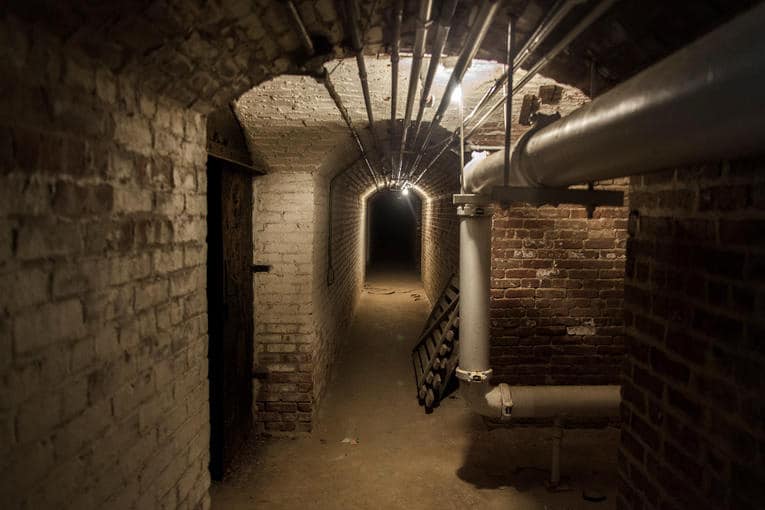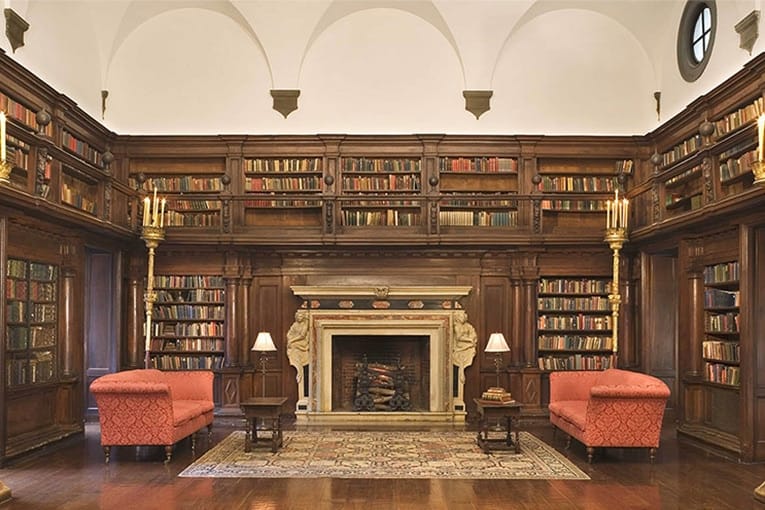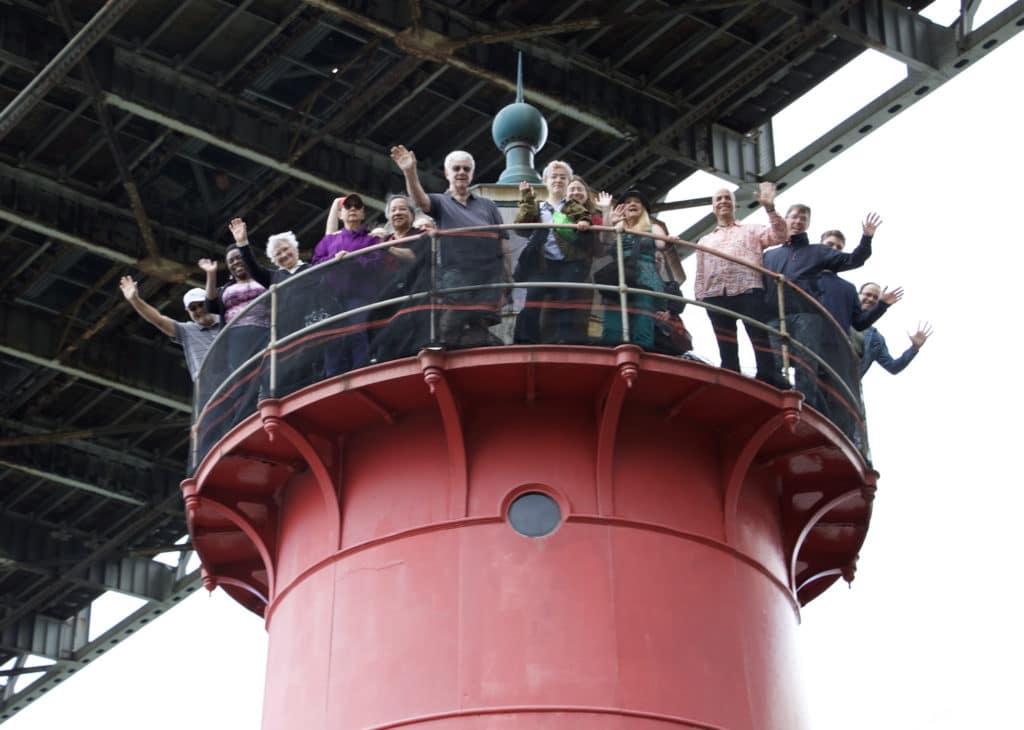Arts & Culture
Black Friday Sale 🎊
Explore overlooked city sights on one of our expert-led NYC walking tours!
Unlock exclusive features and access to member-only events

to NYC's most off-limits places
Listen to articles, leave comments & more!
Cancel anytime

Deep below Brooklyn, once home to the"red-legged devil" regiment!
Upcoming Events
Like the House of the Redeemer pictured here

Climb to the top of the Little Red Lighthouse under the George Washington Bridge, and more!
Become a MemberSubscribe to our newsletter